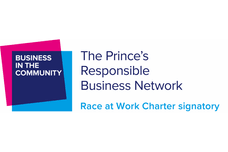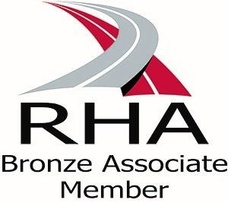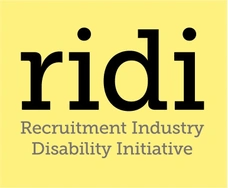“93% of logistics businesses reported challenges in recruiting drivers.” - Logistics UK, 2021. To win in the competition for talent in logistics in the long term, employers will need to re-imagine how they attract and retain workers.
Logistics is a sector at the nexus of a range of changes and mega-trends in society impacting labour markets. Logistics businesses are seeing record numbers of employees leave and struggling to attract and retain the employees they need to keep their operations running. The problem has been brewing for many years and is already well past crisis levels.
There are several issues that have hit the sector:
- EU nationals leaving in the wake of Brexit – 14,000 drivers who were EU nationals left the UK in 2021* added to the fear of returning to the home countries during a global pandemic
- The average age of an HGV driver in the UK is over 50 years old and rising, suggesting younger people are not joining the industry
- Increased costs to become an HGV driver. According to Blue Arrow research, 60% of those who drive van and cars as an occupation would not progress to HGV driving due to the cost of the license and the training courses
- Vacancies at the DVSA causing delays in the issuing of driver licences
- Negative perceptions of the industry have put candidates off and shifts can be difficult for workers to manage family obligations around work.
Businesses will need to take a more holistic and strategic approach to recruitment and their employee value propositions to unlock a long-term pipeline of talent.
As a staffing specialist supplying many thousands of drivers to all shapes and size of logistics companies, Blue Arrow is committed to playing its part in finding solutions that help its clients overcome talent shortages for this sector.
*Logistics UK – Skills and Employment Report 2021




























